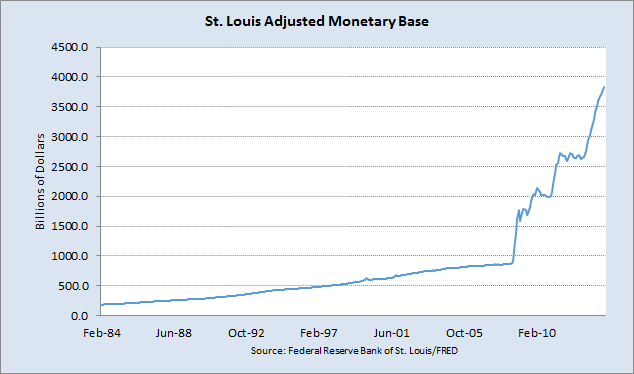According to the efficient
markets hypothesis, “security prices at any time ‘fully reflect’ all available
information (Fama, 1970; 383).” This is a description of EMH in its strong
form, which according to Fama, “is probably best viewed as a benchmark against
which deviations from market efficiency (interpreted in its strictest sense)
can be judged.” I find EMH troubling, not because it is wrong per se, at least not in an impure sense,
but because finding and interpreting information is tricky business. EMH is a
specific standard that the world fails to live up to because of constraints on
the transmission and interpretation of information.
If the strong form of
the EMH accurately describes reality, or at least approximates it, we would expect few, if any,
financial bubbles. Yet bubbles are a recurring feature of reality. Jason Potts
notes that “asset bubbles are an endemic feature of market capitalism and as
old as open societies with property rights over financial assets (2004, 17).”
Bubbles are common and are likely endogenous. Prices are not always moving
toward their long run equilibrium. In other words, the strong form of EMH does
not hold in the short run, and the long-run effects of information may never
fully reveal itself. The reason for this is intimately tied to the nature of
information transmission and interpretation. Not all investors receive
information simultaneously, nor do they interpret information homogeneously.Information
does not interpret itself.
Let me posit, for the
sake of elaboration, that there is some deep fundamental truth that ultimately guides, or at least should guide for the sake
of efficiency, investment decisions. Some investors might actually be privy to
this truth, although even if they are, I am skeptical about whether or not they
actually know that they are privy. If
this sort of investor does exist, or perhaps many investors act in this manner
but only on limited margins, their decisions may not guide the market
immediately toward a posited equilibrium.
Why?
Most investors are
probably not privy to the truth. For example, there is an investment industry
built upon technical analysis. (Thanks to Gene Callahan for turning me on to
this idea in a recent article.)
There are individuals who make trades simply because their novice neighbor
suggested an investment he or she has had success with in recent months. There
are also investors who simply copy other investors who they believe, rightly or
wrongly, are smarter than themselves. All of these groups use special rules to
guide their investment decisions, and none of these rules directly approach the
truth that, according to EMH, guides
the market – at least in the long run. I posit further that the majority of
traders fall within this category. What does this mean for EMH? In the long
run, markets might approximate the truth,
but in the short run, extreme deviations can occur even if all individuals are
optimizing. Business cycles, then, can occur endogenously.
Why?
Individuals optimize
according to the information they have. They optimize according to their interpretation of information. The
information they receive might be direct, that is, it is as close an
approximation of the truth as is
possible to attain, or it might be an inference from second and third order
effects of fundamental changes in the economy – i.e., this is how I would
categorize technical traders. If I am correct, then modern macroeconomics has missed
the mark in more fully clarifying our understanding of markets. Heterogeneity
of actors, of rule sets, and of institutions must be considered in order to more fully understand the market
process. Models that employ representative individuals and/or that posit that
macroeconomic variables actually act upon one another miss this mark. They banish
disorder and disequilibrium from analysis except in cases of exogenous shocks. Even
then, disorder is soon subsumed by movement toward a new, predetermined equilibrium.
Even if useful, a myth to be sure.

